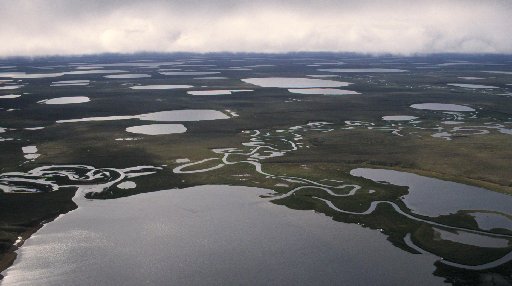Federal land agency wants to soften blow of development before it begins on part of Alaska’s North Slope
Federal regulators have released a draft of a strategy they say will be used to ward off negative impacts of oil development in a frontier region of the North Slope.
The draft Regional Mitigation Strategy released Friday by the Bureau of Land Management for the National Petroleum Reserve-Alaska represents a new approach that will consider ways to compensate for negative impacts right from the beginning of the environmental-review process, officials said.

The mitigation-strategy approach was launched with the BLM decision last year that authorized development of ConocoPhillips’ GMT1 project in the petroleum reserve.
GMT1, the first part of what is known as the Greater Mooses Tooth unit, will be the first producing oil field on federal lands within the petroleum reserve’s boundaries, but it is expected to be followed by others in the area, the strategy’s executive summary said.
The strategy contemplates a series of steps that would compensate for impacts to Native subsistence food gathering, to cultural activities, to local peoples’ health and to the environment in general. Some suggestions in the draft strategy are reimbursements for extra costs incurred by local hunters who have to travel farther because of development, new protections for sensitive areas that are in the general region but may be outside of specific development projects and lie outside of specific development and new air-quality monitoring programs.
The BLM has opened a 90-day public comment period on the draft strategy.